
 |
|
|
#1 |
|
Member
Join Date: Aug 2007
Posts: 865
|
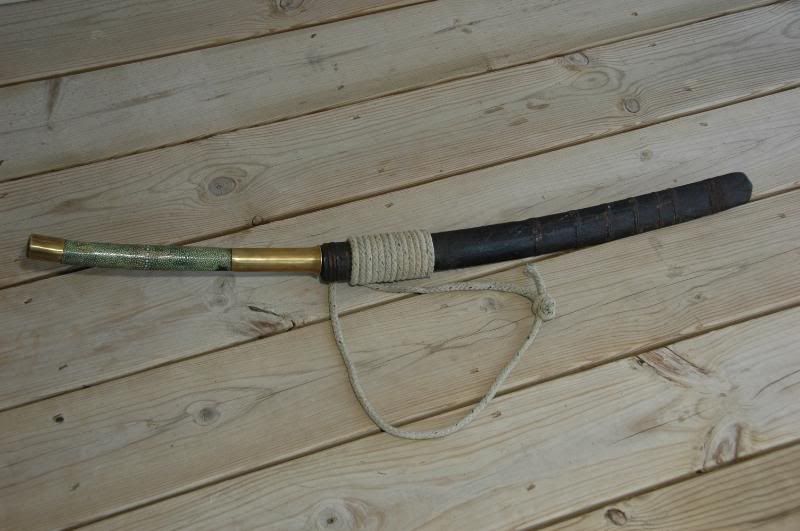 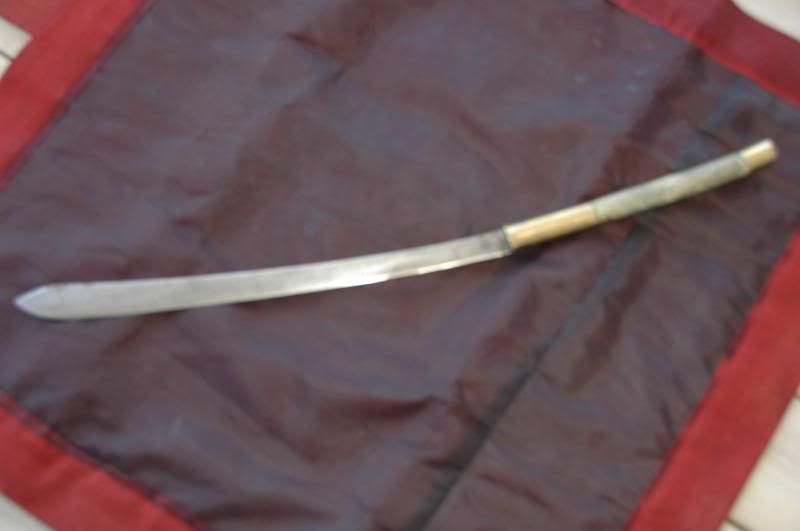 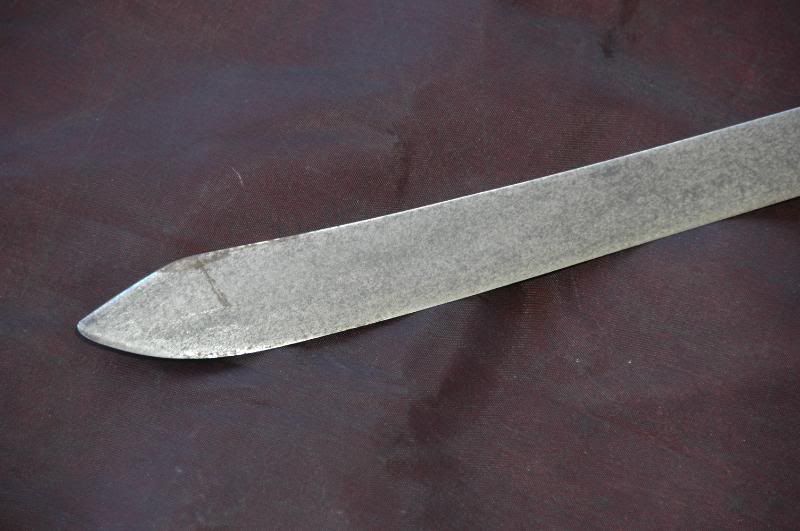 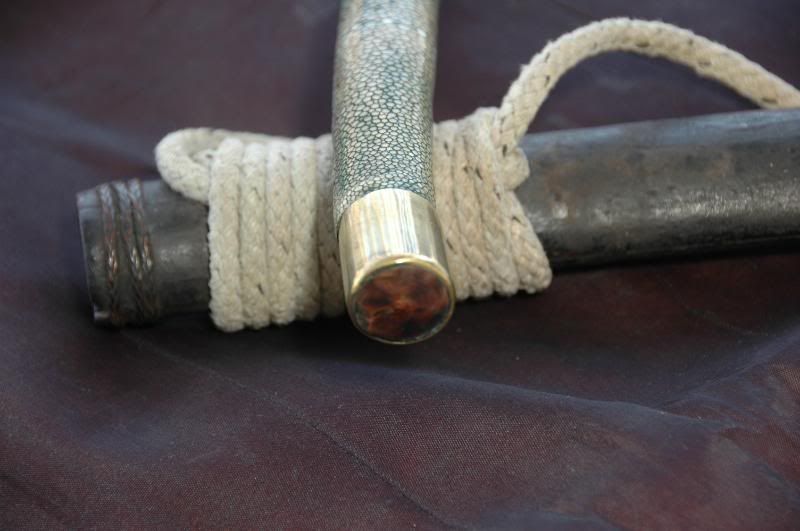 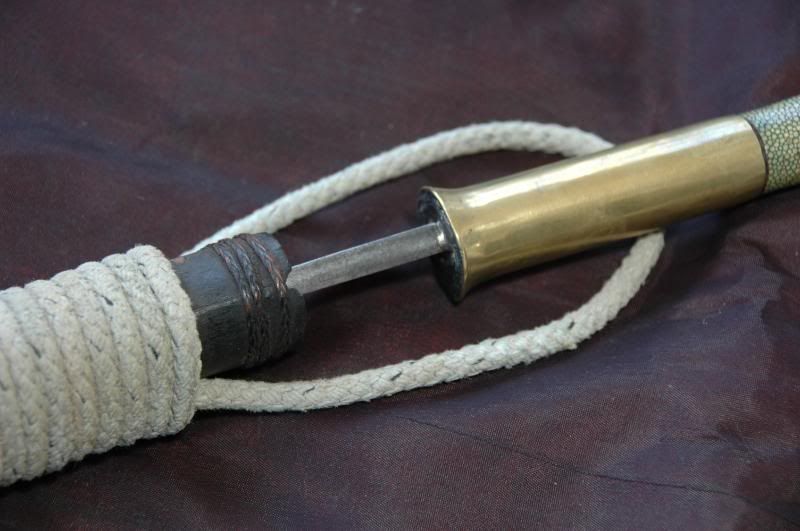
|
|
|

|
|
|
#2 |
|
Member
Join Date: Aug 2007
Posts: 865
|
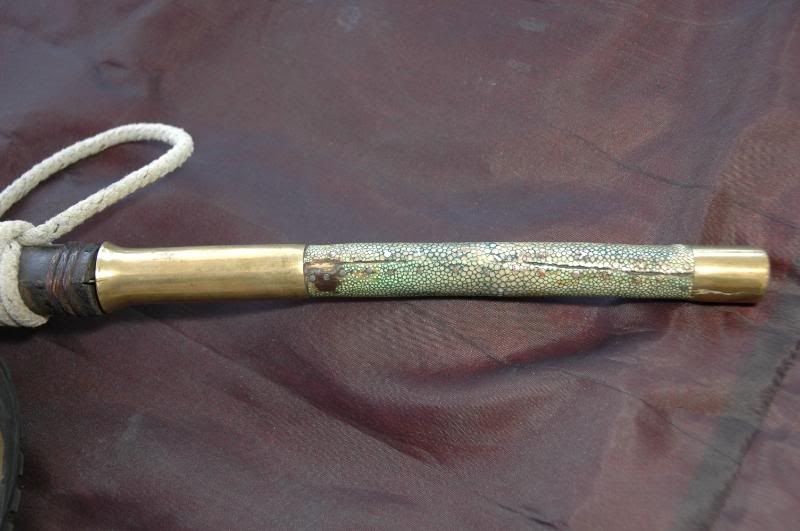  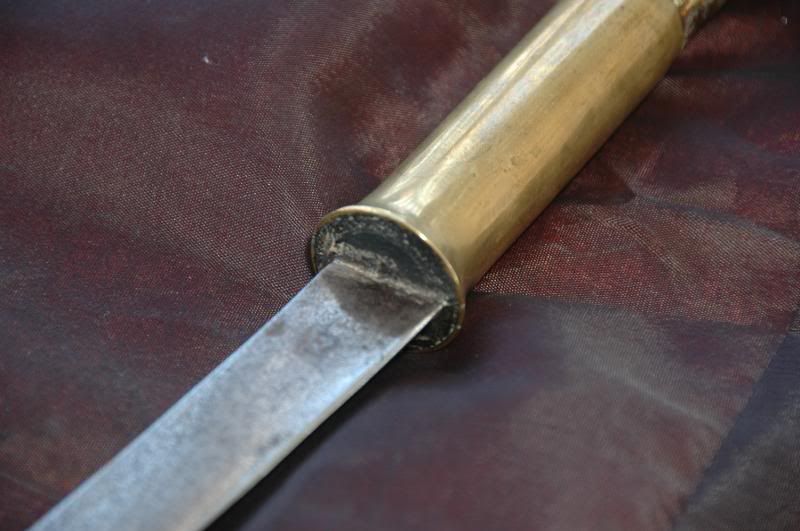 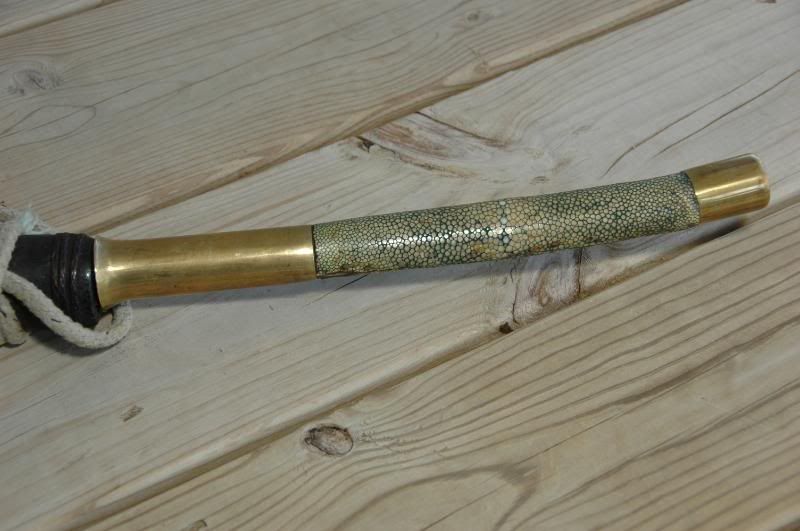  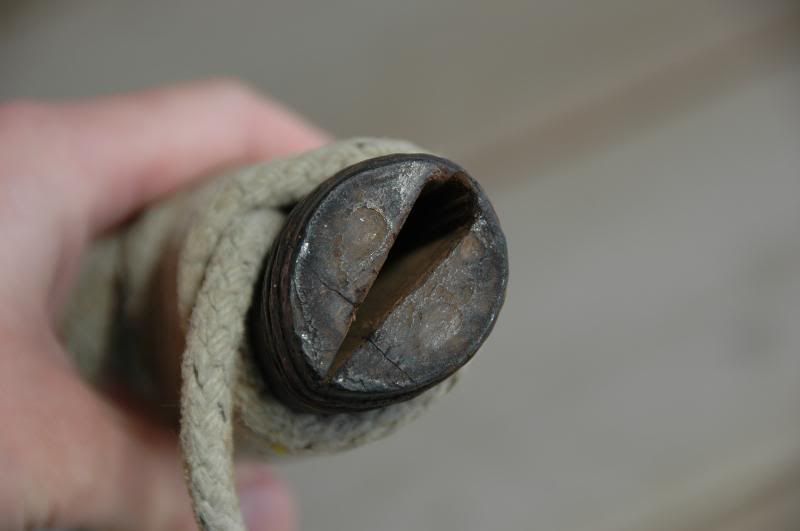 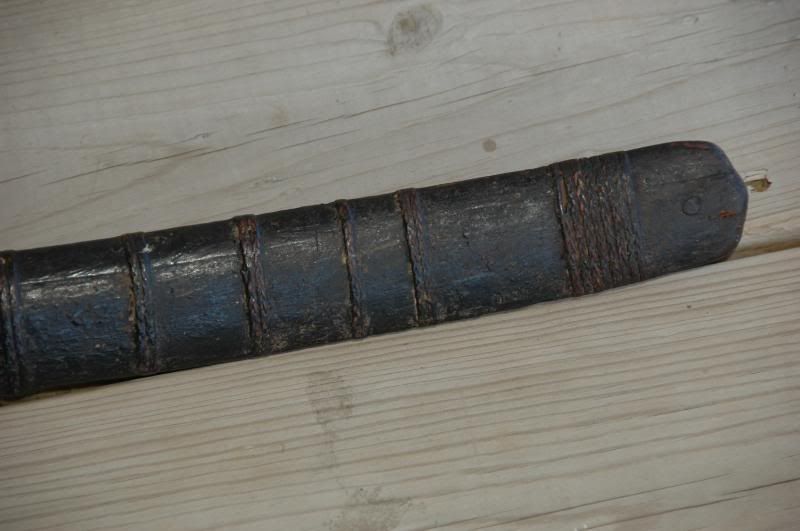
|
|
|

|
|
|
#3 |
|
Member
Join Date: Jun 2006
Posts: 165
|
Cool. I quite like Dhas with curved hilts. Thanks for sharing.
Shawn |
|
|

|
|
|
#4 |
|
(deceased)
Join Date: Dec 2004
Location: Portugal
Posts: 9,694
|
Hi Nathanial
What is the cover material of the hilt ? Although it has the aspect of ray skin, it seems to be flat, missing the respective texture ? It could however be my non experienced eye. Fernando |
|
|

|
|
|
#5 |
|
Member
Join Date: Dec 2004
Location: Greensboro, NC
Posts: 1,084
|
The handle material is rayskin. When it is polished to a smooth texture it appears as on this grip handle.
|
|
|

|
|
|
#6 |
|
(deceased)
Join Date: Dec 2004
Location: Portugal
Posts: 9,694
|
Thank you RSWORD,
But let me learn. Pardon my ignorance, but what is the point in polishing ray skin to smoothness, when this material is used precisely to provide a good grip, due to its roughness? Apparently such attitude doesn't make sense ... or is there something further to it ? Fernando |
|
|

|
|
|
#7 |
|
Member
Join Date: Dec 2004
Location: Greensboro, NC
Posts: 1,084
|
You are correct in that rough rayskin would provide a better grip than polished rayskin. Polished rayskin most often appears on scabbard as opposed to handles. Looking at all the securing nails and the poorly executed seam I doubt this material is the original grip wrap but rather a much later addition executed in a non-traditional way.(rayskin is usually glued down, not tacked down with dozens of nails.)
|
|
|

|
|
|
#8 |
|
(deceased)
Join Date: Dec 2004
Location: Portugal
Posts: 9,694
|
This one has the correct skin but was also secured with tiny tacks, both in the seams and all over it. Probably in cases where the glue lost its property some users had them tacked.
... Sorry to invade your thread, Nathaniel |
|
|

|
|
|
#9 |
|
Member
Join Date: Aug 2007
Posts: 865
|
On, no by all means Fernando...I love it when the discussion is generated...and especially when it's polite...which I have not always found on this forum

|
|
|

|
|
|
#10 |
|
Arms Historian
Join Date: Dec 2004
Location: Route 66
Posts: 9,946
|
Very nice examples Nathaniel and Fernando!
I must admit dhas are outside my usual field of study, but I enjoy learning more on them from the outstanding knowledge shared here on the forum. I completely follow Fernando's perception concerning the rayskin hilt, and honestly did not even know that dhas used this material in the hilts. Is this distinctly a Burmese affectation? I have only ever had a couple of dhas, one being a Montagnard example, a bringback from Vietnam in the 60's. This had the same roped application on the scabbard. I'm with you Nathaniel!!! I always look forward to polite discussions where we can all learn by sharing information and ideas, and I think we've always done pretty well here overall. All very best regards, Jim |
|
|

|
|
|
#11 |
|
Member
Join Date: Dec 2004
Posts: 987
|
This is a very interesting dha, Nathaniel. I would say that it is from northern Burma or far northwestern Thailand, as it has distinctive elements of a Shan dha - long handle, rounded scabbard tip, and the spear point. The rayskin could be original, as the manner in nailing it is not unusually messy. It is probably a borrowing from further south. Rayskin is a common material on Burmese dha.
Congratulations on a great acquisition! |
|
|

|
|
|
#12 |
|
EAAF Staff
Join Date: Dec 2004
Location: Louisville, KY
Posts: 7,220
|
Rsword is right. This type of spherical structure indicates rayskin. You see this same pattern on some Japanese scabbards (saya) where it is polished down for effect, not so much for grip.
|
|
|

|
 |
|
|